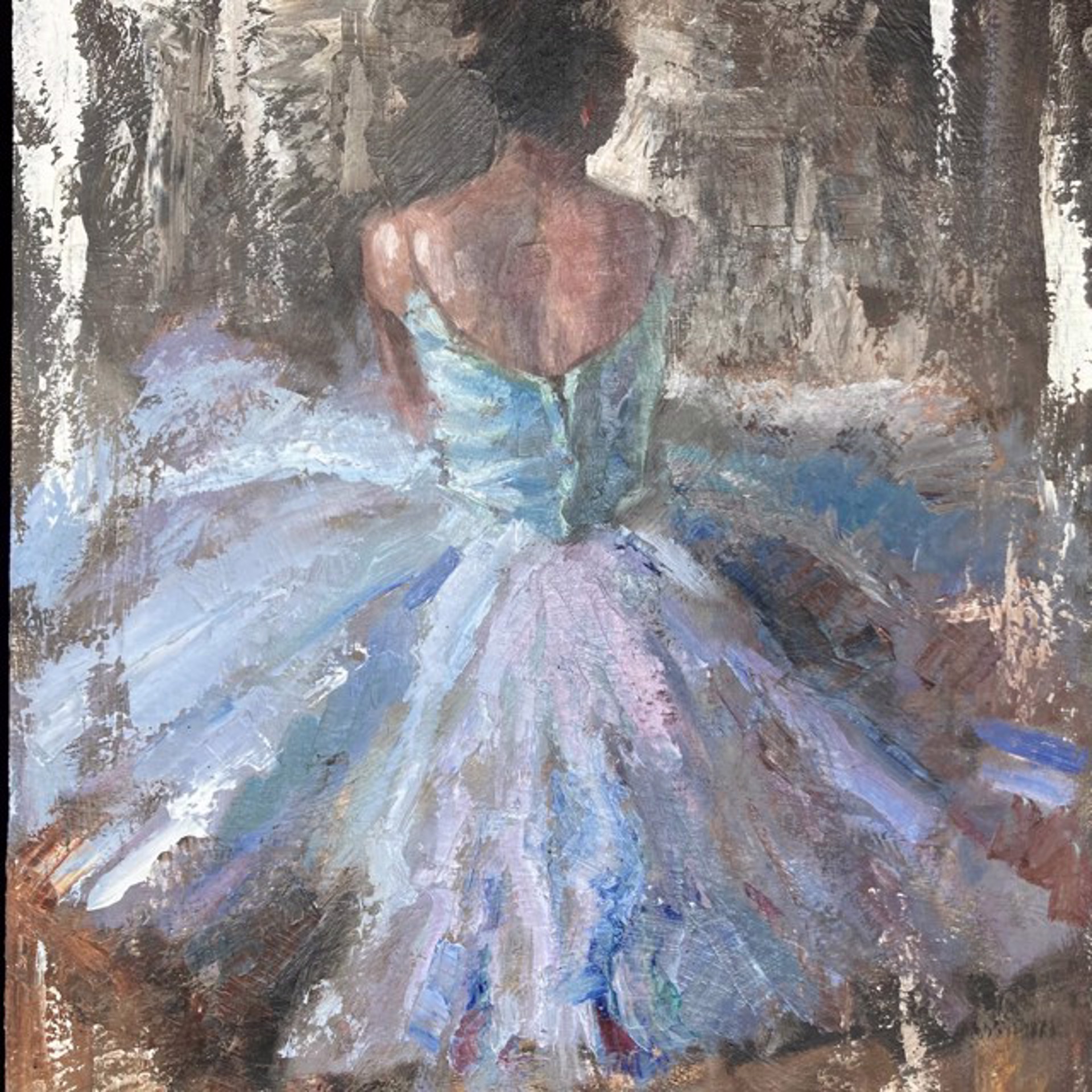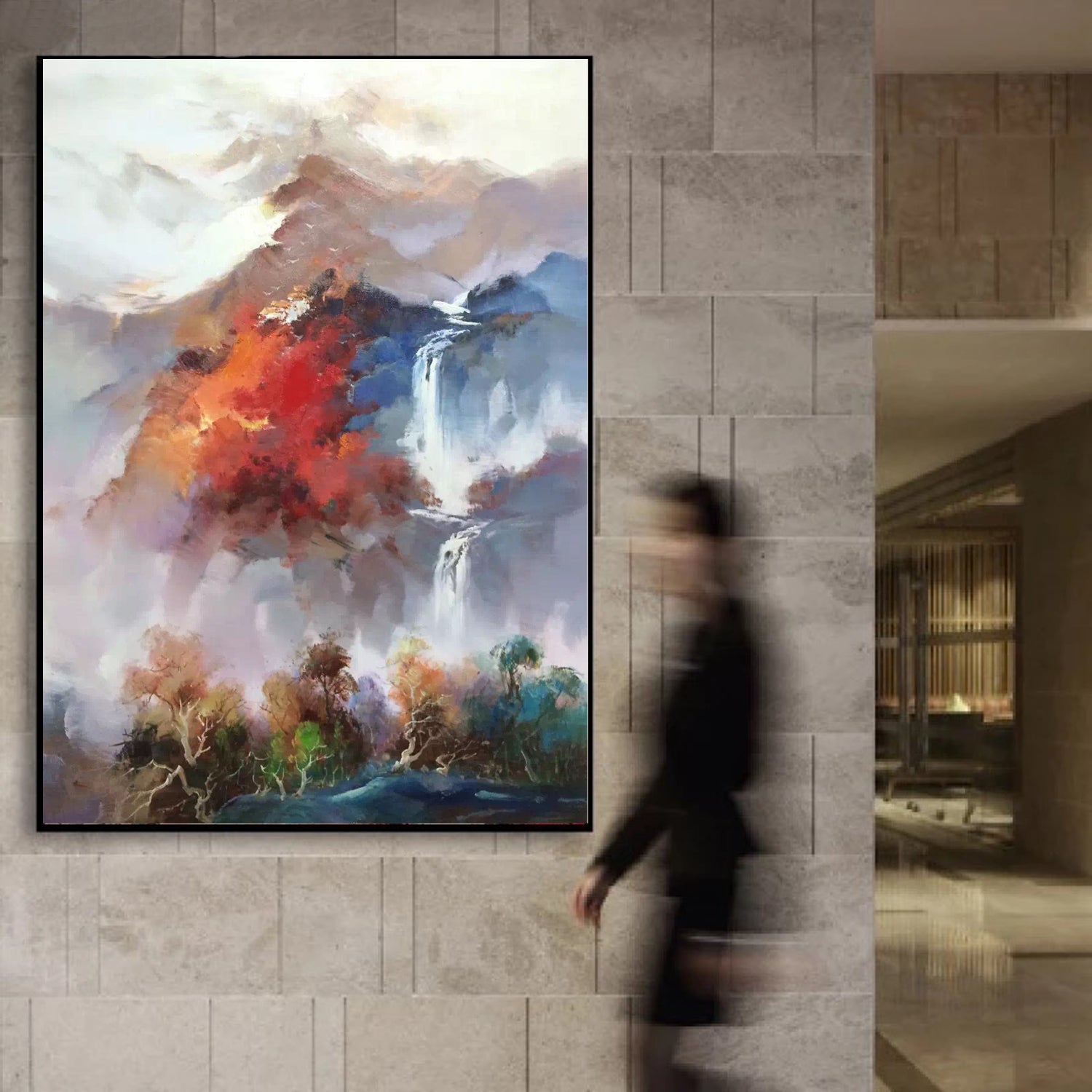Creative Design Inspirations with Oil Paintings for Sale
Creative Design Inspirations with Oil Paintings for Sale
Blog Article
Checking out All Concerning Oil Paints: An Overview to Recognizing Their Elegance and Worth
Oil paints have actually mesmerized target markets for centuries, supplying a glance right into the creative mastery of various eras. Their rich background is linked with ingenious methods and profound emotional expression. Understanding the products and techniques behind these artworks can enhance appreciation. In addition, the market for oil paintings provides chances for capitalists and collection agencies alike. As one explores this remarkable globe, the concern emerges: what makes an oil painting truly beneficial?
The Background of Oil Painting: A Trip With Time
Oil painting has roots that date back to old times, it genuinely flourished throughout the Renaissance, when artists discovered its adaptability and rich shade potential. Early instances can be mapped to the 7th century, with techniques advancing significantly throughout cultures. The tool became famous in Northern Europe in the 15th century, particularly with the works of musicians like Jan van Eyck, that originated its usage for comprehensive realistic look and dynamic tones. This period marked a separation from tempera paints, enabling greater depth and texture. As oil painting spread, it influenced many artists, bring about work of arts by distinguished figures such as Leonardo da Vinci and Rembrandt. The medium's legacy proceeds, shaping the art world well right into modern times.
Comprehending Oil Repaints: Materials and Techniques
As artists discover the globe of oil paints, they experience a varied selection of materials and methods that specify this tool. The primary elements of oil paint include pigments, which provide color, and drying oils, such as linseed, that bind the pigments and facilitate application. Different ingredients can modify the paint's texture and drying time, improving versatility. Techniques like glazing, where transparent layers are built up, and impasto, which includes using thick paint, permit various aesthetic results. In addition, the use of brushes, palette knives, and even fingers can produce special appearances and finishes. Comprehending these techniques and materials enables artists to fully express their imagination and accomplish the desired impact in their artwork.
The Duty of Shade in Oil Paints
Color plays a critical duty in oil paintings, influencing both aesthetic charm and emotional resonance. Understanding color concept essentials, including the connections between hues, can boost a musician's capability to convey mood and ambience. Furthermore, mastering color blending methods allows for better deepness and richness in a paint's combination.

Shade Concept Fundamentals
Recognizing shade theory is necessary for musicians collaborating with oil paints, as it forms the structure for producing harmonious and visually engaging make-ups. Color concept includes the research study of how shades interact, the color wheel, and the relationships in between main, second, and tertiary colors. Artists make use of complementary shades to improve contrasts and create prime focus, while comparable shades promote unity and cohesiveness within an item. Furthermore, the concepts of trendy and warm shades influence the assumption of depth and room in a painting. Grasping these concepts allows artists to manipulate color effectively, leading the audience's eye and connecting their intended message. Proficiency of shade theory inevitably enriches a musician's capacity to communicate feelings and ideas with their job.
Emotional Influence of Shade
The emotional influence of color in oil paintings plays a critical role in exactly how visitors view and connect with artwork. Shades evoke details sensations and state of minds, affecting the audience's emotion. Warm colors like oranges and reds can develop a feeling of heat and energy, while great tones such as blues and greens usually evoke calmness or self-questioning. Artists tactically select shade schemes to enhance narrative aspects, leading the target market's emotional journey. The saturation and comparison of shades further enhance these impacts, attracting focus and creating emphasis. Eventually, the interaction of colors in oil paints not just boosts their visual allure but also functions as a powerful medium for emotional expression, enhancing the visitor's experience and analysis.
Color Mixing Techniques
While numerous aspects of oil painting add to the general structure, grasping shade blending methods is crucial for accomplishing desired impacts and depth. Color mixing can be approached via various methods, including the additive and subtractive procedures. Additive blending involves combining shades of light, while subtractive mixing relies upon pigments, where colors blend to produce new shades. Artists often make use of a minimal combination to create unified works, recognizing the partnerships between key, additional, and tertiary colors. Strategies such as glazing and scumbling additionally enhance deepness and brightness. By masterfully mixing shades, an artist can stimulate emotions, produce focal points, and attain a sense of realistic look, eventually boosting the painting's visual and psychological impact.
Famous Oil Painters and Their Iconic Functions

Well known for their proficiency of shade and strategy, oil painters have actually created some of the most renowned artworks in history. Renowned artists like Vincent van Gogh astounded audiences with his emotive brushwork in "Starry Night," while Claude Monet's "Impression, Dawn" laid the foundation for Impressionism. Leonardo da Vinci's "Mona Lisa" continues to be a long-lasting icon of imaginative genius, showcasing his ability in recording human expression. Rembrandt's "The Evening Watch" illustrates his ingenious usage of light and darkness. Various other significant numbers include Pablo Picasso, who reinvented contemporary art with his vibrant experimentation in works like "Les Demoiselles d'Avignon," and Georgia O'Keeffe, whose dynamic representations of landscapes and blossoms aided specify American modernism. Each artist's distinct design added greatly to the oil painting landscape.
How to Assess the High Quality of an Oil Painting
Examining the top quality of an oil paint includes a mindful analysis of workmanship strategies, along with an evaluation of shade and make-up. Observing brushwork, layering, and the application of paint can disclose the musician's ability level. Furthermore, the interplay of colors and the overall arrangement of elements contribute considerably to the painting's visual worth.
Assessing Workmanship Methods
A meticulous analysis of craftsmanship methods is necessary for identifying the top quality of an oil paint. Critics must first analyze the application of paint; thick, textured brushstrokes might suggest a skilled hand, while overly consistent applications might indicate an absence of depth. oil paintings for sale. The layering method is additionally important; the visibility of glazes and differed thickness can improve luminosity and intricacy. In addition, the quality of the products utilized, such as the canvas and pigments, plays a considerable role in resilience and overall aesthetic. Focus to detail in aspects like sides and shifts between shades reflects the artist's dedication to their craft. Inevitably, these techniques add to the paint's emotional effect and market price, acting as indicators of the artist's skill and intent
Examining Shade and Composition
While assessing the top quality of an oil paint, one must focus on the interaction of shade and structure, as these components are fundamental to the artwork's general effect. Shade selections can stimulate feelings and develop mood; for that reason, the musician's palette must be analyzed for consistency and contrast. A well-balanced make-up directs the audience's eye and develops a sense of unity. Artists commonly use methods like the regulation of thirds or leading lines to enhance aesthetic passion. Furthermore, making use of light and shadow can include deepness, enhancing the three-dimensionality of the painting. Ultimately, a successful oil paint weds shade website and composition, engaging the audience and inviting a deeper appreciation of the artist's vision and technique.
Taking care of and Preserving Oil Paintings
Correct treatment and conservation of oil paintings is vital for preserving their integrity and long life. To shield these art work, it is crucial to present them away from straight sunlight, which can cause fading and discoloration. Keeping a secure setting with regulated temperature level and humidity further aids in avoiding damage. Cleaning up ought to be done carefully utilizing a soft, dry fabric, preventing any type of rough chemicals that can damage the paint or varnish. Normal examinations for indicators of damage, such as flaking or cracking, are advisable. When carrying or keeping oil paintings, proper padding and framework are necessary to stay clear of physical damage. Ultimately, thorough care adds to the visual allure and worth of oil paintings over time.
The Marketplace for Oil Paints: Spending and accumulating
Comprehending the marketplace dynamics for oil paintings is essential for collection agencies and investors alike. The value of these art work is influenced by different variables, including the musician's track record, historic importance, and present fads. Collectors commonly seek items that resonate directly while considering potential recognition in value. Public auctions and galleries act as key locations for trading, with costs rising and fall based upon need and rarity. Investing in oil paintings needs study right into the marketplace, as well as an understanding of authenticity and provenance. Furthermore, arising musicians might supply opportunities for substantial returns, while established names can command high prices. In general, a calculated strategy to accumulating can generate both aesthetic pleasure and financial rewards.

Frequently Asked Questions
What Are the Environmental Impacts of Oil Painting Materials?
The ecological influences of oil painting materials consist of the launch of unpredictable natural compounds (VOCs), damaging waste generation, and resource removal for pigments. These elements add to contamination and ecological deterioration, raising problems among eco mindful musicians and customers.
Just How Do Various Canvases Affect Oil Painting Results?
Different canvases influence oil painting results considerably. Absorbency, surface, and texture top quality can alter paint application, drying times, and shade vibrancy. Artists commonly choose particular canvases to attain desired impacts and boost their artistic expression.
Can Oil Paintings Be Brought Back if Harmed?
Oil paintings can undoubtedly be recovered if damaged. Expert conservators make use of various techniques to repair splits, tidy surface areas, and address discoloration, making sure that the art work retains its original charm and worth for future generations.
What Are the Indicators of an Original Oil Painting?
The indications of an initial oil paint include visible brush strokes, texture variants, and an irregular canvas weave (oil paintings for sale). In addition, credibility may be verified with provenance, trademarks, and the visibility of a varnish layer unique to oil mediums
Just How Has Modern Technology Influenced Modern Oil Painting Techniques?
Innovation has considerably affected modern-day oil paint strategies by presenting electronic tools for planning, improved materials for texture and longevity, and on-line systems for marketing and sharing art, therefore increasing musicians' innovative possibilities and audience reach. Oil painting has roots that date back to ancient times, it really prospered during the Renaissance, when musicians found its convenience and abundant shade potential. The psychological impact of color in oil paints plays a vital role in exactly how visitors perceive and link with art work. While several aspects of oil paint contribute to the total composition, grasping shade mixing methods is important for attaining wanted results and depth. Evaluating the top quality of an oil paint entails a mindful assessment of craftsmanship methods, as well as an evaluation of shade and structure. While evaluating the top quality of an oil painting, one should focus on the interaction of shade and make-up, as these components are basic to the artwork's overall impact.
Report this page